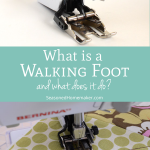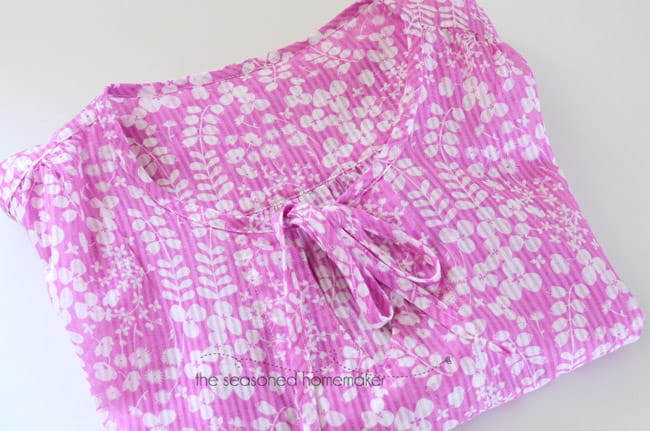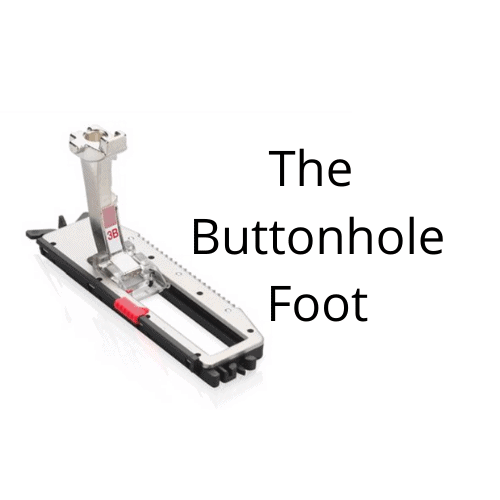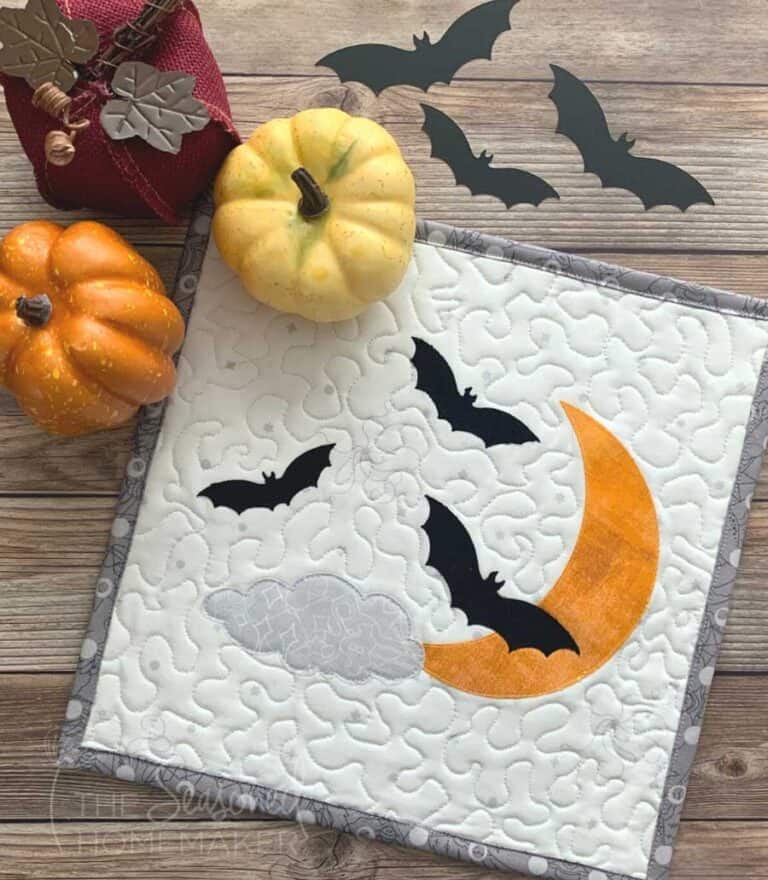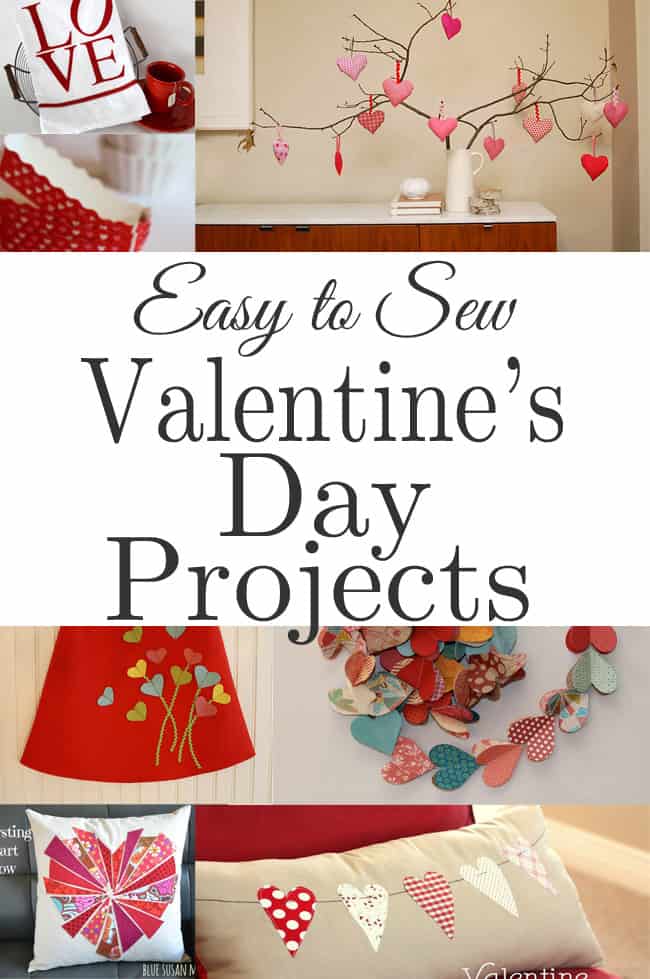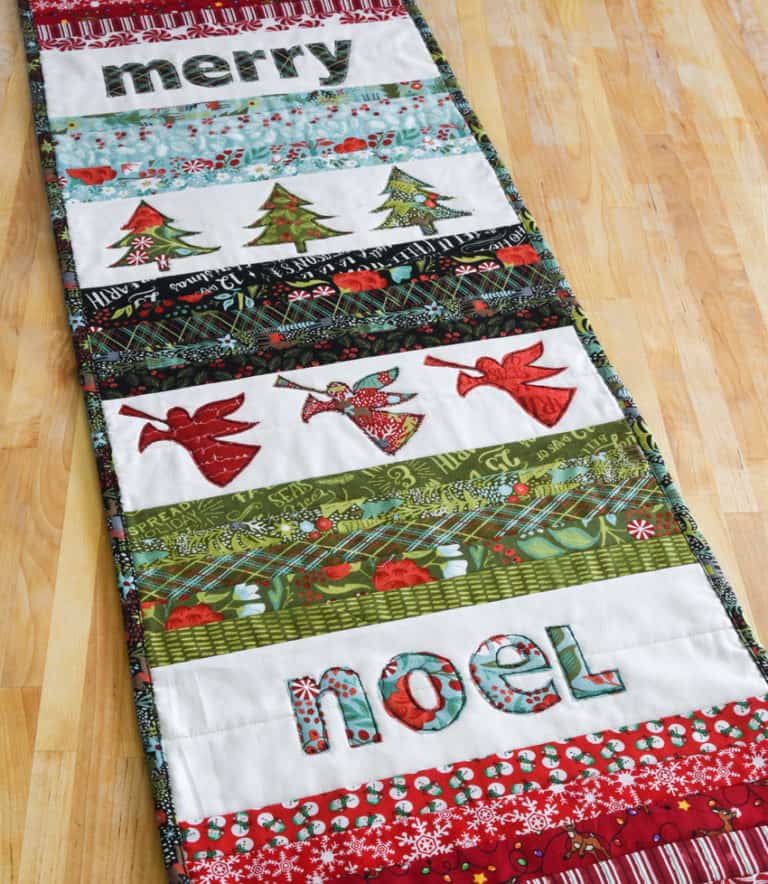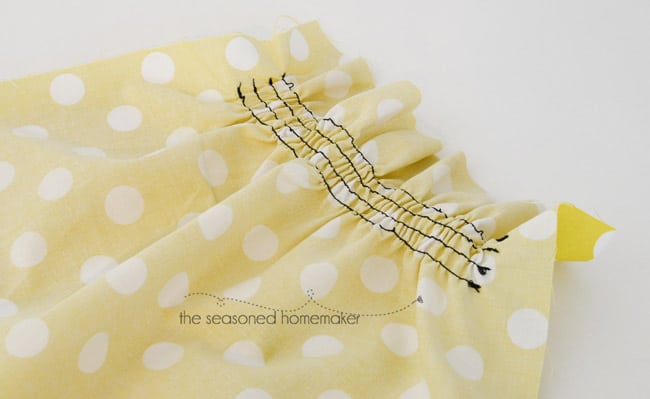How to Use a Sewing Machine Walking Foot
This post may contain affiliate links which won’t change your price but will share a commission.
Inside: How to Use a Sewing Machine Walking Foot
The most versatile of all sewing machine feet has to be The Walking Foot.
For years I have eavesdropped overheard sewists bragging about a sewing machine foot called the Walking Foot. Conversations would go like this, “I used my Walking Foot on the binding,” or “You will have to use your Walking Foot for sewing with knits.” That’s why I’m explaining How to Use a Sewing Machine Walking Foot.
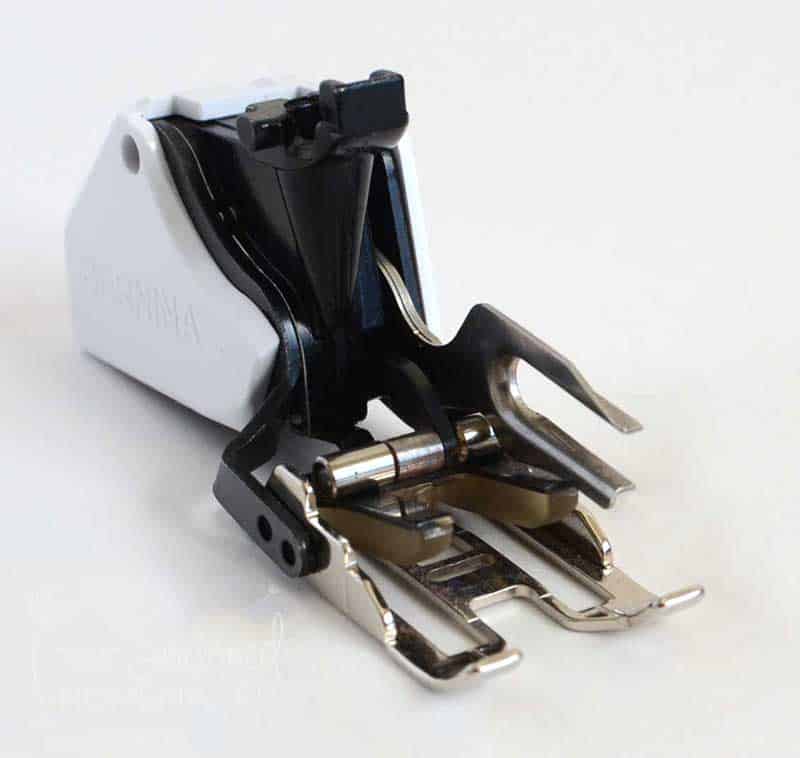
How to Use a Sewing Machine Walking Foot
The Walking Foot is an unusual looking foot that is designed to provide an extra set of feed dogs for the top of the fabric being sewn. This makes managing unusual fabrics manageable. Matching plaids or specific designs becomes simple. All of the sudden knits flow through your machine without growing. Slippery fabrics like minky cloth don’t slide all over the place. Bulky projects like quilts walk together.
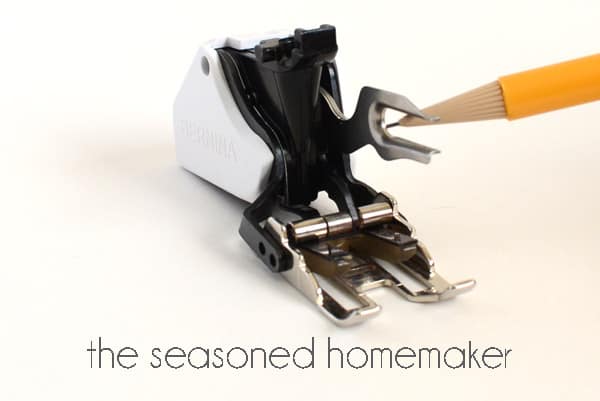
To begin with, the Walking Foot does not look like other sewing machine feet. It is big and bulky and has an arm that attaches to the needle bar. This extra bar now tells the sewing machine to pull the top fabric through the sewing machine at the same rate it is pulling the bottom fabric.
Some Details
My Walking Foot has three interchangeable soles. The Standard (or basic) Sole (which is the most common) is for attaching most fabrics. It is the one I use for knits and any fabric that has a give to it. The Standard Sole also has 1/4″ marking which makes it great for attaching narrow seams on slippery fabrics.
The Quilting Sole is open and has better visibility for quilting. The Quilting Sole also keeps quilt layers from slipping while machine quilting.
There is also an Edge-Stitching Sole. This sole is perfect for edge stitching quilt pieces or, in my case, top stitching stretch denim.
Note: Not all Walking Feet come with three soles; however, many of them will have markings or notches that provide the same effect.
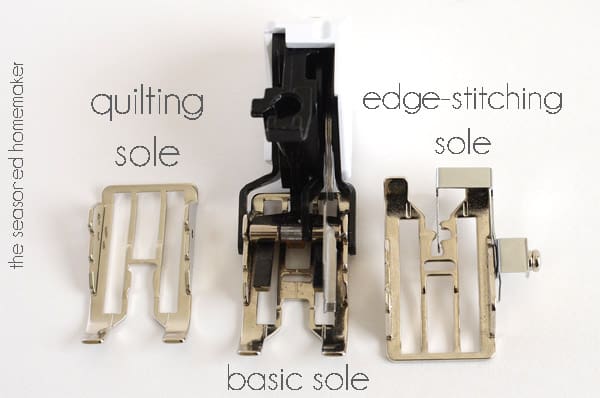
Perfect Seam Matching
To begin, attach the foot to the machine and attach the arm to the needle bar. It’s a little tricky. I always attach mine from right-to-left.
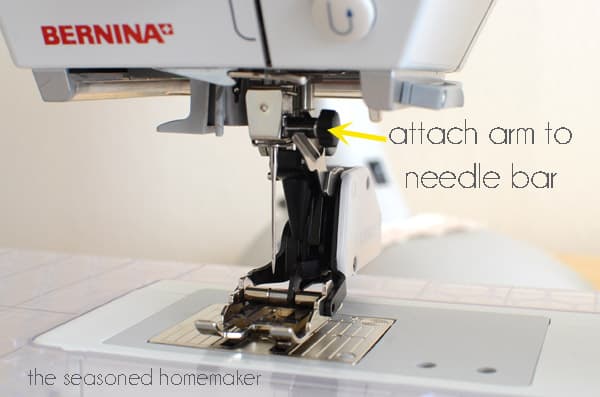
I used the Standard (or basic) Sole to match color-blocked seams below. I lined up my two matching colors and pinned. Had I used a universal presser foot, my two matching fabrics might have slipped slightly. Because I used a Walking Foot, the two fabrics matched perfectly.
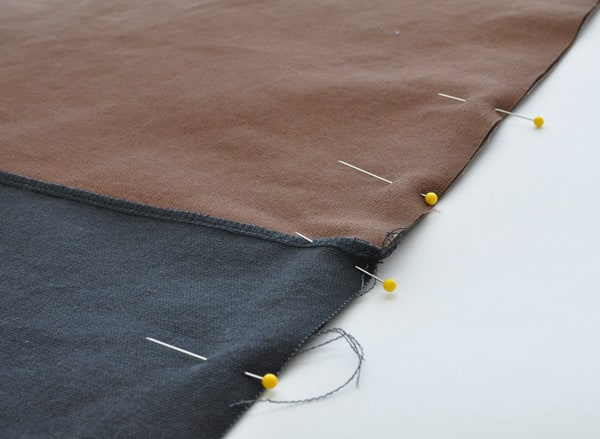
The Walking foot is also excellent for matching plaids and checks. I’ve demonstrated this with a large-checked gingham. However, this foot does a beautiful job matching stripes.
This matching did not require any skill. I pinned the checks and stitched with the walking foot. That’s how easy it is.
A Walking Foot is especially ideal when you want to pattern match your quilt backing.
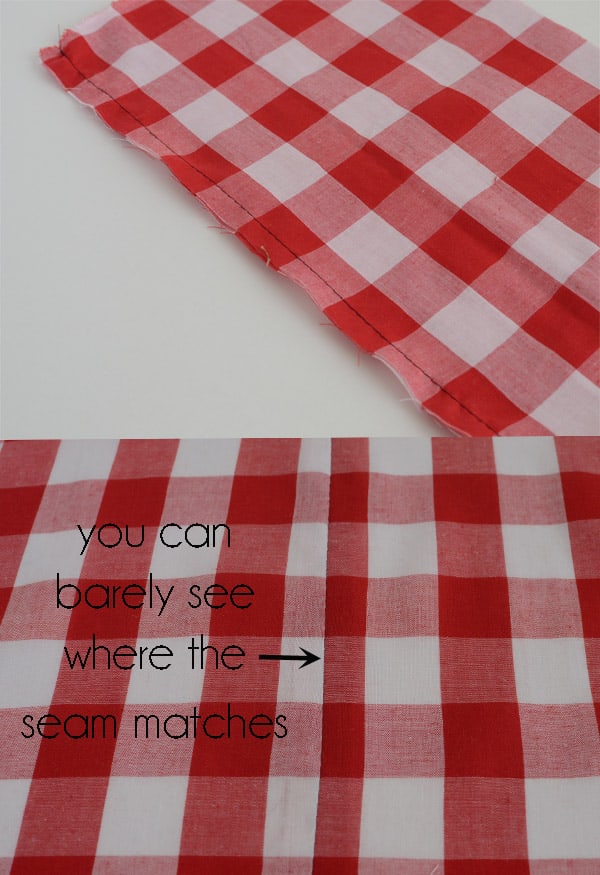
Perfect for Knits
I found my Walking Foot invaluable when making stretch denim jeans. If I hadn’t used it, the fabric would have stretched out too far. This is true with knits, too.
Below, I’ve sewn a piece of knit using a regular foot. Notice how the fabric stretches when I sew it. Note: The tiny zigzag is a stitch designed for attaching knits.
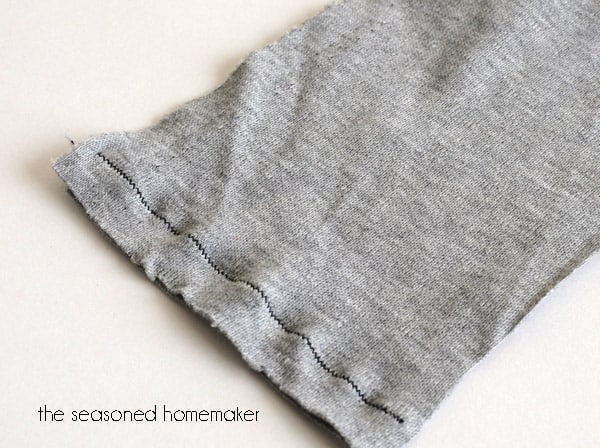
Then, I used the same stitch but this time with the Walking Foot. Can you see the difference? I always sew knits using a Walking Foot.
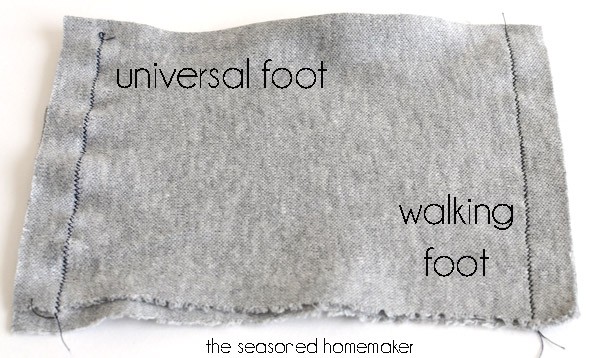
Ideal for Quilting
Additionally, the Walking Foot is ideal for quilting. When connecting quilting seams it can’t be beat.
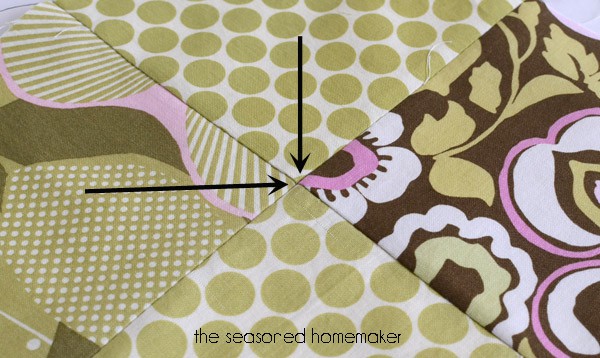
The Walking Foot prevents fabric from creeping when there are several layers. A good example of this is machine quilting. When trying to quilt through several layers, the top fabric will go one way and the bottom fabric will go another – no matter how many pins you have. This doesn’t happen with a Walking Foot.
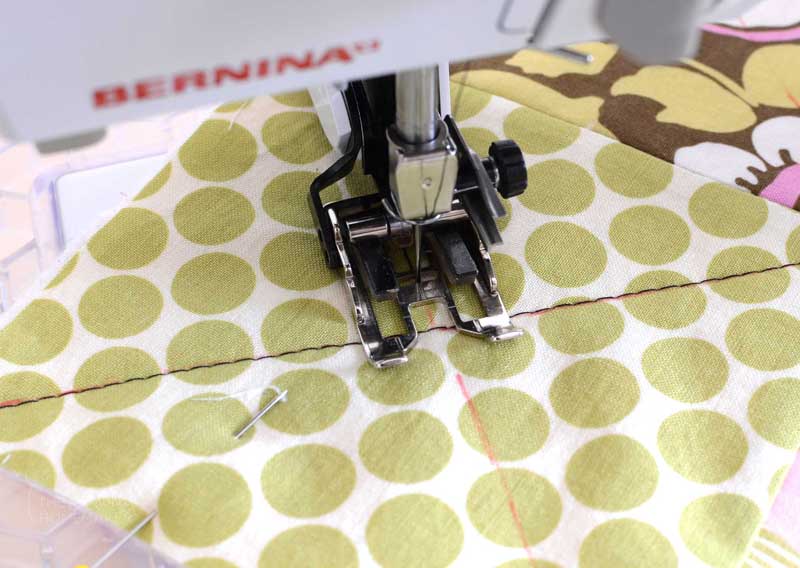
My non-existent quilting skill aside, the Walking Foot does a spectacular job with layers.Notice how my batting never shifted.
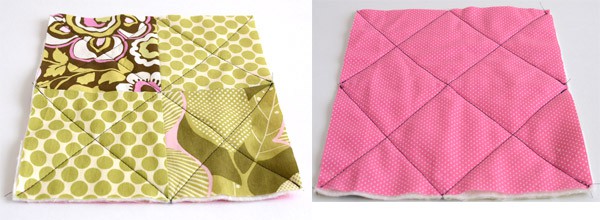
The Walking Foot is also ideal for any fabrics that tend to creep when sewing. Think minky, silks, velvets, and pleats as I mentioned before.
Worth the Investment
Purchasing a walking foot is what I would call an investment foot. The Bernina Walking Foot retails for over $150. I waited almost a year for a sale (30% off) before I purchased one. It was money well-spent, because I use it for sewing almost everything.
I originally purchased an off-brand online for around $50. I used this Walking Foot for several years before giving it to a friend. The key to off-brands is to make sure it will fit your particular sewing machine.
There is one other option, but it is ex-spen-sive! It’s a dual-feed feature that is built into high-end sewing machines. For a few thousand dollars (and numerous other features) an integrated dual feed can be yours.
Until you’ve saved up for that new machine, a walking foot attachment will definitely do the job!


